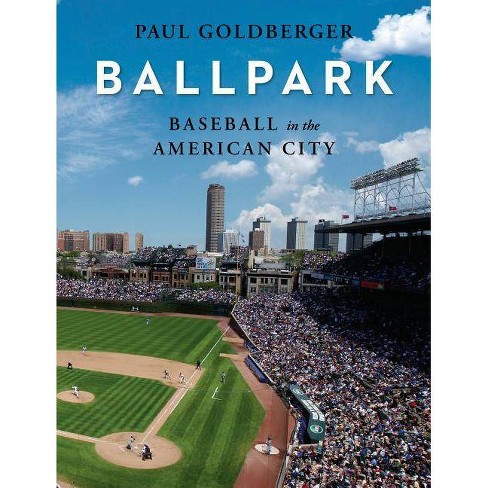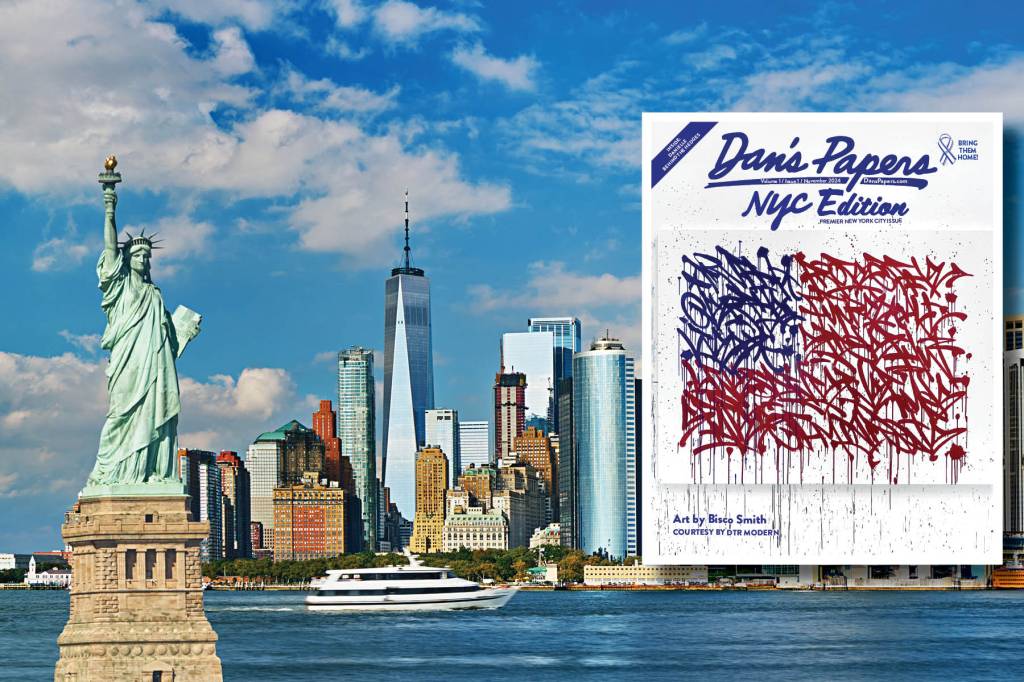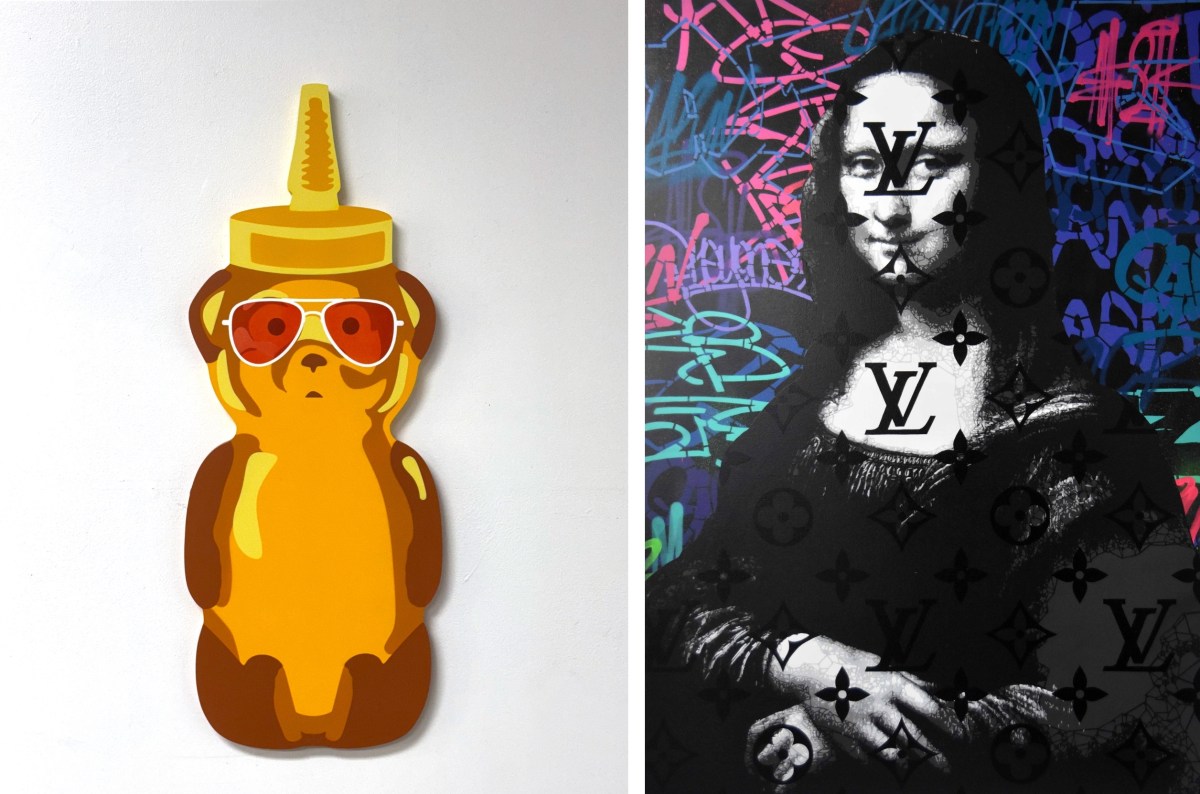In The Ballpark


Over the Fourth of July, Google’s “doodle” showed a baseball sharing space with smiling popcorn and a peanut with baseball cap and gloves. A click away, a cartoon game was being played against an organ snippet of the 1908 Tin Pan Alley tune “Take Me Out to the Ball Game” — sports, pop entertainment, history, marketing, all together.
Pulitzer Prize-winning architectural critic Paul Goldberger, the author of “Ballpark: Baseball in the American City,” would likely not have been surprised. He might even have smiled at the logo, seeing it as a timely gloss on “Ballpark’s” overarching idea. Namely, that American ballparks have gone from being “rus in urbe” [a bit of country in the city] — “simulacra” of green in an urban landscape — to being “simulacra of simulacra,” or high-end, privately owned, commercial, determinedly fun-filled representations of representations. The ballpark come a long way from its early life as a “democratic and exuberant” house for fans in the city who made it to games by public transport and, after the railroads came, could follow teams who now played in nationwide leagues.
The phrase “simulacrum of a city” belongs to A. Bartlett Giamatti, who described the ballpark as “a green expanse, complete and coherent, shimmering,” a carefully tended garden. (Giamatti, who had been president of Yale, was baseball commissioner for only five months before he died in 1989). His words open Goldberger’s book.
In his acknowledgement section, Goldberger recalls that when he was in high school, covering his local baseball team for a New Jersey newspaper, and was already interested in architecture, he felt “there was something unusual and special in the idea that baseball was played in the symbolic heart of the town. It tied the idea of a place to watch sports with the idea of public space.” An invitation from The New Yorker in 2009 to write a piece on the two ballparks opening that year in the city — Citi Field and the new Yankee Stadium — set him on his path to “explore” the idea of the ballpark “as both civic space and a work of architecture.”
And explore he does, with almost overwhelming detail about ballparks (charming and ridiculous, modest and over-the-top), owners, players, political supporters, and powerful CEOs. Of course, a book on ballparks must also be a book about baseball, a sport that has no clock, “a thing apart from the city and at the same time intimately connected to it.”
There has always been tension between rural and urban, (anyone ever read Leo Marx’s 1964 “The Machine in the Garden: Technology and the Pastoral Ideal in America”?), but the best ballparks, as Goldberger persuasively shows, finessed eccentricities and physical challenges for manageable multipurpose expansion, authentically serving both “rus” and “urbe,” until some domed stadiums and retractable roofs complicated matters and threatened the harmony of contending goals.
The strength of Goldberger’s argument is that while he has likes and dislikes, he is more analytical than critical. He understands how cities themselves, and urban populations, have changed, reflecting different economic strata and cultural values.
The book “inscribes an arc of a century and a half” in 12 chapters that exemplify four phases, or “generations” in the concept and development of American ballparks. In the late 19th Century, when the game finally was organized enough for a ballpark, there were neighborhood-based city oases (Union Grounds in Williamsburg, Shibe Park in Philly, Wrigley Field in Chicago, Ebbets Field in you-know-where).
Then, after World War II, when cars became ubiquitous, ballparks, often called “concrete donuts,” nodded to the suburbs (Candlestick Park, Shea Stadium), only to yield in a decade or two to a third phase — retro-style ballparks that would seek to reconnect with the city (Camden Yards in Baltimore) and stimulate local development. And now? The ballpark is becoming the dubious centerpiece of privately controlled real estate development (SunTrust Park for the Atlanta Braves).
“Ballpark” is an engaging book, though baseball fanatics have the advantage over general fans because it may be difficult at times for the average reader to keep track of all the ballpark changes, especially when so many were renamed to reflect new owners, branding rights, and new money related to ancillary commercial interests. But what a great compendium Goldberger has wrought in accessible and lively prose.
And for New Yorkers, what a nostalgic trip to the city’s three iconic ballparks (before the Brooklyn Dodgers, there were the Trolley Dodgers), and a contemporary prompt to consider semantics: is it a “park,” a “stadium,” a “field,” a village, a complex?
“Ballpark” is a handsome book with over 160 photos, most in color, on thick stock, with footnotes that add interesting lore. When were women courted as spectators? Where was the first night game? In case you’re on “Jeopardy.” By the way: Is it a test that nowhere is the cover photo identified? (I confess. I failed.)



